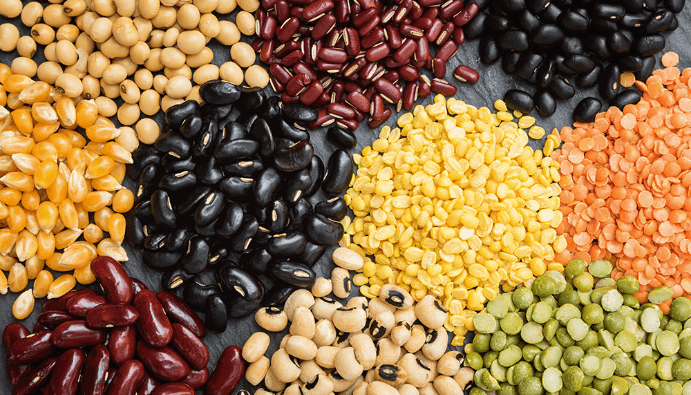Determination of Deoxynivalenol
Deoxynivalenol poses a major risk to both human health and the agricultural economy worldwide. Foodstuffs and feeds contaminated with this microorganism cause acute and chronic toxic effects on both humans and animals. Therefore, the surveillance and control of deoxynivalenol and its derivatives in food and feed is of great importance for manufacturers, regulatory authorities and researchers to protect consumer health and reduce economic losses.Mycotoxins are metabolites produced by molds under certain conditions and are toxic to humans and animals. It is known that nearly half of the products harvested in the world are contaminated with mycotoxins every year. Among these mycotoxins is deoxynivalenol.
Deoxynivalenol found in foods is a serious human health problem. Its incidence is high in wheat. However, cleaning before grinding with new technologies reduces the deoxynivalenol concentration in the final products. Deoxynivalenol, also known as vomitoxin, is a member of the group of mycotoxins known to cause significant and potentially harmful effects in humans. It is produced by Fusarium varieties, which are common soil fungi in temperate regions. It has been determined that these microorganisms cause various toxic effects in farm animals and humans.
Deoxynivalenol mycotoxin is most commonly caused by Fusarium fungi, which are found in grains such as wheat, maize, barley, oats, and rye, and in processed grains such as malt, beer, and bread. Deoxynivalenol is very stable during both grinding and storage, as well as food processing and cooking, and has a high potential in food and feed chains as it does not degrade at high temperatures.


